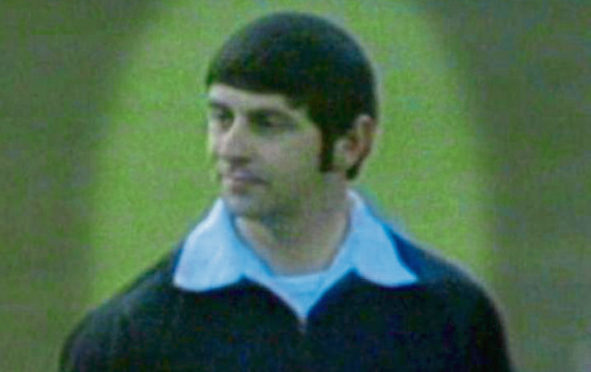
Hugh Stevenson’s sexual abuse of young footballers was publicly exposed in 2016 – 12 years after his death.
Former youth footballer Peter Haynes, now 54, waived his anonymity to tell a BBC investigation how Stevenson raped him over a three or four-year period from 1979.
Former young players at Eastercraigs Boys’ Club, where Stevenson was an official, also told of his attempts to groom them.
Haynes’ along with another victim’s account of Stevenson’s abuse was included in the SFA-commissioned Independent Review of Sexual Abuse in Scottish Football, written by former Catholic Church adviser Martin Henry and published in full in February.
Haynes told the review that the first assault by Stevenson – who the report names only as “A” – took place in the referee’s car.
The report said: “Mr Haynes told the review that he believed a number of boys may have been similarly abused by A over the years, as he observed many boys leaving A’s home.
“He himself was advised by another boy to avoid A because he (A) was ‘weird’.”
The review focused on abuse of children in the 1970s through to the 1990s, including those as young as six years old.
Some 33 people provided personal accounts of abuse, with those highlighted – but not named – as abusers having worked at football clubs including Celtic Boys’ Club, Celtic, Falkirk, Forres Mechanics, Hamilton, Hibernian, Hutchison Vale, Motherwell, Rangers and Partick Thistle.
Like Stevenson, many of the alleged abusers are now dead.
After its publication Ian Maxwell, Scottish FA chief executive, apologised to victims and said: “As chief executive of the Scottish FA I am deeply upset by the contents of the final report into sexual abuse in Scottish football and, in particular, by the deeply personal, traumatic experiences endured by young players who were abused by people in whom they and their families placed their trust.”
The Sunday Post View: SFA needs to live up to abuse review and acknowledge wrongs of the past

Enjoy the convenience of having The Sunday Post delivered as a digital ePaper straight to your smartphone, tablet or computer.
Subscribe for only £5.49 a month and enjoy all the benefits of the printed paper as a digital replica.
Subscribe